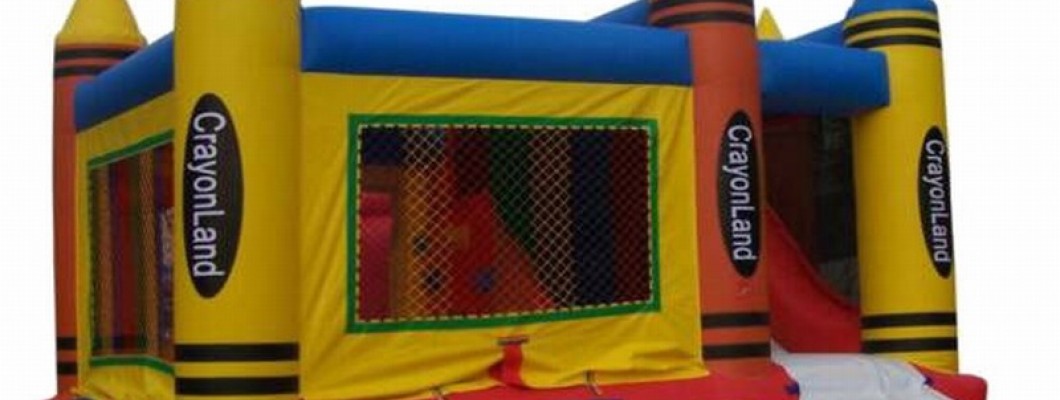
Bouncy castles are all about fun, but ensuring they're properly set up is critical for everyone's safety. One of the most important aspects of setting up a bouncy castle is anchoring it securely. Without proper anchoring, things can go wrong quickly, and it can put children at serious risk. Let’s look at some of the dangers of using a bouncy castle without the right anchoring.
1. Risk of the Bouncy Castle Blowing Away
Canada's weather can be unpredictable, and even a light breeze can cause an improperly anchored bouncy castle to lift off the ground. There have been incidents worldwide where bouncy castles have been carried away by strong winds, with children still inside. Proper anchoring with stakes or weights ensures that the inflatable stays in place, regardless of weather conditions.
2. Risk of Tipping Over
If a bouncy castle isn’t anchored securely, it’s also at risk of tipping over, especially when kids are playing actively inside. The force of children bouncing around can cause the inflatable to shift, and without the right anchoring, it could collapse or tip over, potentially trapping or injuring those inside.
3. Increased Risk of Falls and Injuries
A bouncy castle that isn’t properly anchored can become unstable, leading to uneven surfaces or sudden shifts when kids are jumping. This instability makes it much easier for children to lose their balance, fall, and get injured. Ensuring the bouncy castle is securely anchored helps provide a stable surface for kids to play safely.
4. Damage to the Bouncy Castle
Improper anchoring doesn’t just put children at risk—it can also cause damage to the bouncy castle itself. If it shifts or tips over, it could end up with tears, punctures, or other damage that might require costly repairs. Taking the time to anchor it properly can save you a lot of trouble in the long run.
5. Safety Tips for Proper Anchoring
To avoid these risks, always make sure to anchor your bouncy castle properly. Here are a few tips to keep in mind:
- Use the Right Equipment: Always use the stakes or weights provided by the manufacturer, and make sure they’re securely fastened.
- Check the Ground: Make sure the ground is suitable for anchoring—soft enough to drive in stakes, but firm enough to hold them securely.
- Monitor Weather Conditions: Avoid setting up a bouncy castle on windy days, even if it’s properly anchored. Safety should always come first.
- Regularly Inspect Anchors: During use, check the anchors periodically to ensure they’re still secure and haven’t shifted.
Conclusion
Proper anchoring is absolutely essential for the safe use of a bouncy castle. Without it, you risk the inflatable blowing away, tipping over, causing injuries, or even getting damaged. Taking the time to securely anchor the bouncy castle and monitoring it throughout the event will help keep everyone safe and ensure that the fun can continue without any hiccups. When it comes to bouncy castles, safety is always the top priority.

Leave a Comment